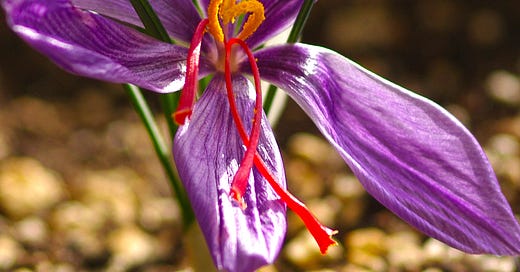If you’re new here, welcome! To ensure you never miss an issue of The Weekly Dirt, click here to subscribe 👇
Hi, guys!
I’ve collected a lot of information about plants over the years, and it occurs to me that some of the facts floating around in my brain aren’t neces…
Keep reading with a 7-day free trial
Subscribe to The Weekly Dirt with Jessica Damiano to keep reading this post and get 7 days of free access to the full post archives.



